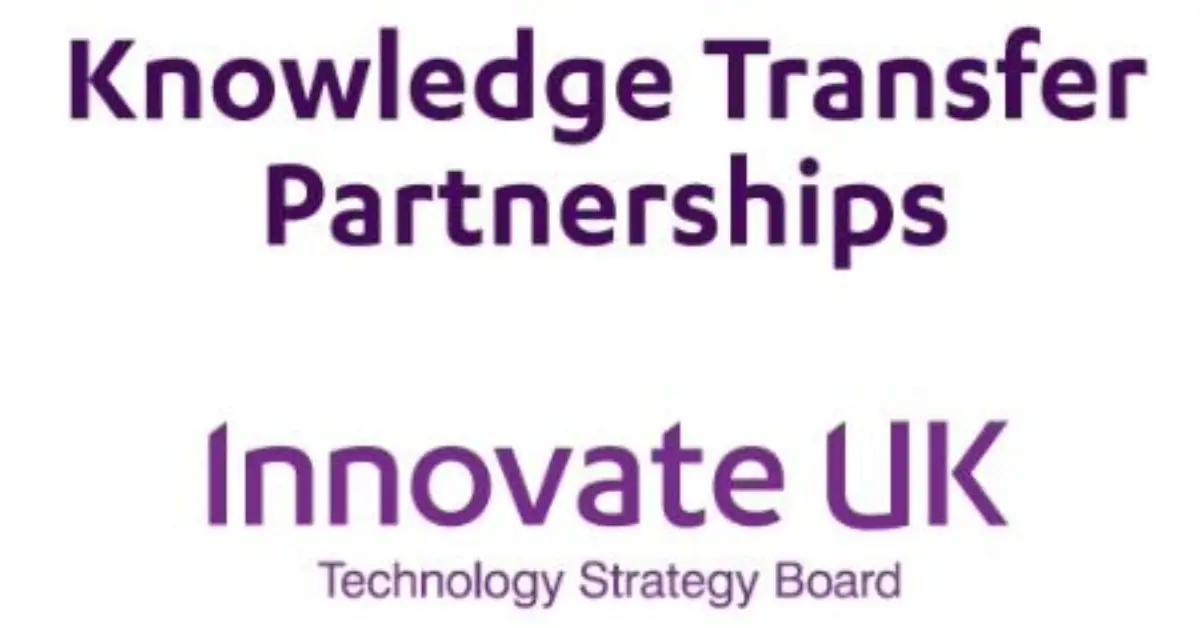The National Cyber Security Centre (NCSC) recently published essential tips to help individuals and businesses combat malicious advertising. This timely advice is crucial as malvertising incidents rise globally. Understanding and implementing these tips can significantly reduce your risk of falling victim to malicious advertisements.
What Is Malvertising?
Malvertising, short for “malicious advertising,” involves harmful ads distributed on legitimate websites. These ads aim to deliver malware, phishing links, or scams to unsuspecting users. Cybercriminals leverage online advertising networks to spread these malicious campaigns.
Why Malvertising Is Dangerous
Malvertising is particularly harmful because it often appears on trusted websites. Victims may unknowingly click on malicious ads, compromising their devices. The NCSC highlights that even reputable platforms can be exploited due to vulnerabilities in ad networks.
NCSC’s New Guidance on Tackling Malvertising
The NCSC’s tips focus on proactive measures for individuals, organizations, and web administrators. The guidance emphasizes reducing vulnerabilities and strengthening online security.
Key Highlights of the NCSC’s Recommendations
1. Use Reliable Ad Blockers
Ad blockers can help reduce exposure to malicious ads. According to the NCSC, deploying a trusted ad blocker minimizes risks from deceptive advertisements. Always choose ad blockers from reputable sources to ensure reliability.
2. Keep Software Updated
Regular software updates are critical. The NCSC recommends keeping browsers, plugins, and operating systems up-to-date to patch known vulnerabilities.
3. Implement Secure Web Browsing Practices
The NCSC urges users to remain vigilant while browsing. Avoid clicking on suspicious ads or pop-ups, even on trusted websites.
4. Strengthen Website Security
For website administrators, the NCSC suggests implementing Content Security Policy (CSP) to block malicious ads from appearing on their platforms. Organizations can also benefit from monitoring ad network activities for potential threats.
The Growing Threat of Malvertising
Malvertising incidents have increased over the past decade. Hackers exploit ad networks to target large audiences. According to Kaspersky, malvertising campaigns can infect thousands of users within hours.
Common Types of Malvertising
- Drive-By Downloads: Automatically download malware when users visit a website.
- Fake Updates: Trick users into downloading malware disguised as software updates.
- Phishing Ads: Redirect users to phishing sites that steal sensitive information.
Industries Most at Risk
Certain industries are more vulnerable to malvertising attacks. High-traffic platforms, such as news sites and streaming services, are frequent targets. Advertisers and ad networks must stay vigilant to prevent these threats.
How Businesses Can Protect Themselves
Businesses must adopt a multi-layered approach to combat malvertising. Here are some steps based on the NCSC’s guidance:
- Secure Ad Networks: Work with verified ad networks that enforce strict security measures.
- Educate Employees: Train staff to recognize and report suspicious ads.
- Conduct Regular Security Audits: Regularly assess your website’s security to identify vulnerabilities.
Benefits of Proactive Measures
Proactively addressing malvertising threats can protect your business reputation and reduce financial losses. According to Cybersecurity Ventures, cybercrime damages could reach $9.5 trillion annually by 2025. Mitigating risks like malvertising is essential to avoid contributing to this figure.
Practical Tips for Individuals
Individuals can also take steps to stay safe online. The NCSC’s advice includes:
- Enable Browser Security Settings: Use built-in browser security features to block harmful ads.
- Avoid Suspicious Links: Be cautious with unfamiliar ads or links, even if they appear legitimate.
- Install Antivirus Software: Reliable antivirus programs can detect and block malvertising attempts.
The Role of Tech Companies
Tech companies play a critical role in combating malvertising. Search engines and social media platforms must enforce stricter ad verification policies. Collaborative efforts between ad networks, publishers, and cybersecurity experts are crucial.
Notable Industry Initiatives
Some organizations have already implemented advanced security measures. For example, Google’s Safe Browsing initiative helps warn users about potentially dangerous sites. More companies must adopt similar proactive measures to safeguard users.
Future of Malvertising Mitigation
The fight against malvertising will require ongoing innovation. Artificial intelligence (AI) and machine learning (ML) technologies can enhance ad network security. These tools can detect anomalies in ad behavior, flagging potential threats faster.
Collaborative Efforts Are Key
The NCSC emphasizes the importance of collaboration between governments, organizations, and individuals. Sharing threat intelligence can improve the collective ability to combat malvertising.
For more information on cybersecurity best practices, visit the official NCSC website.




